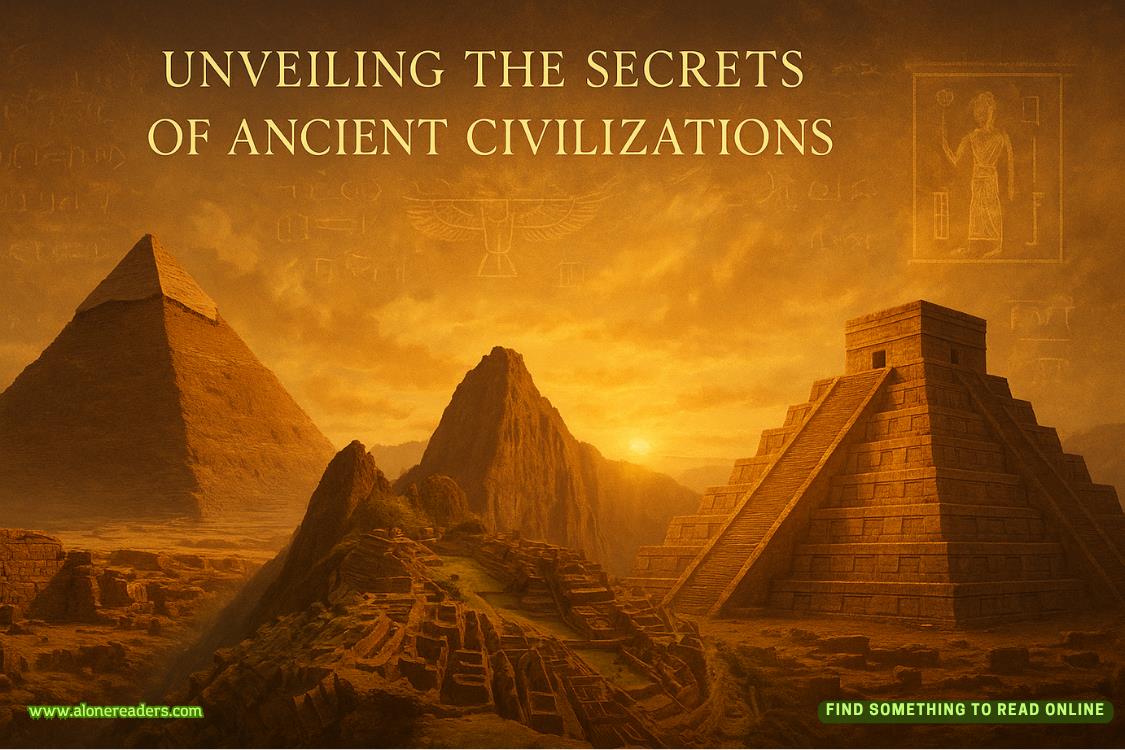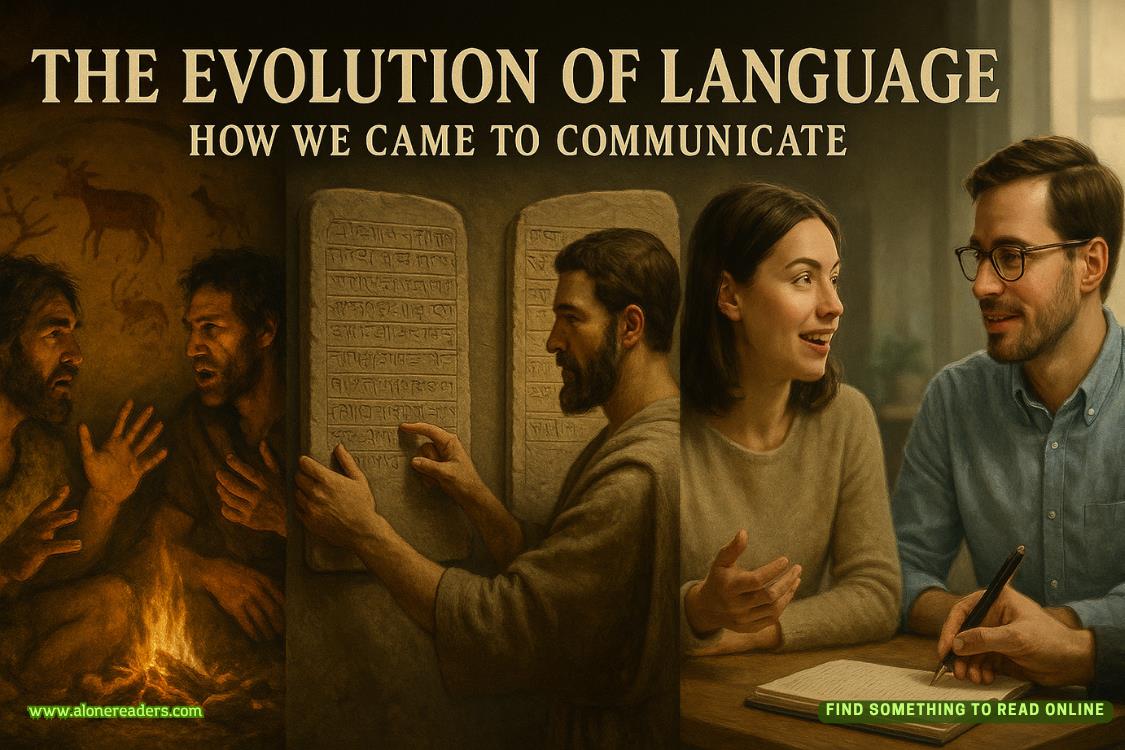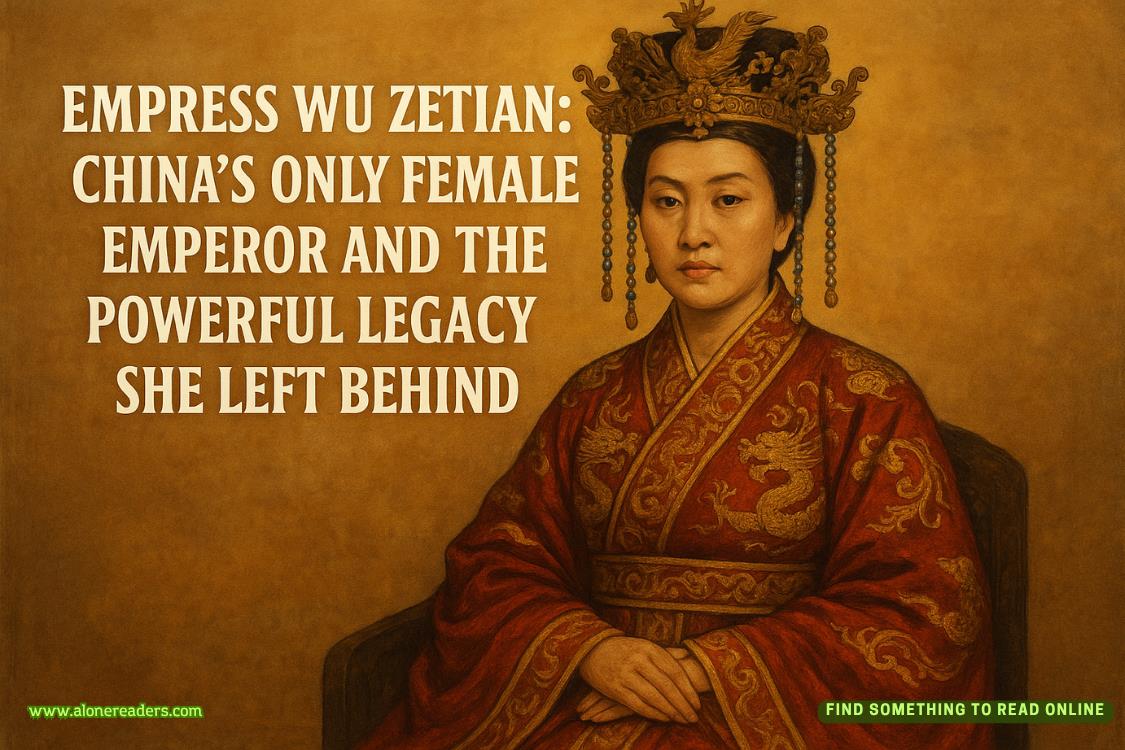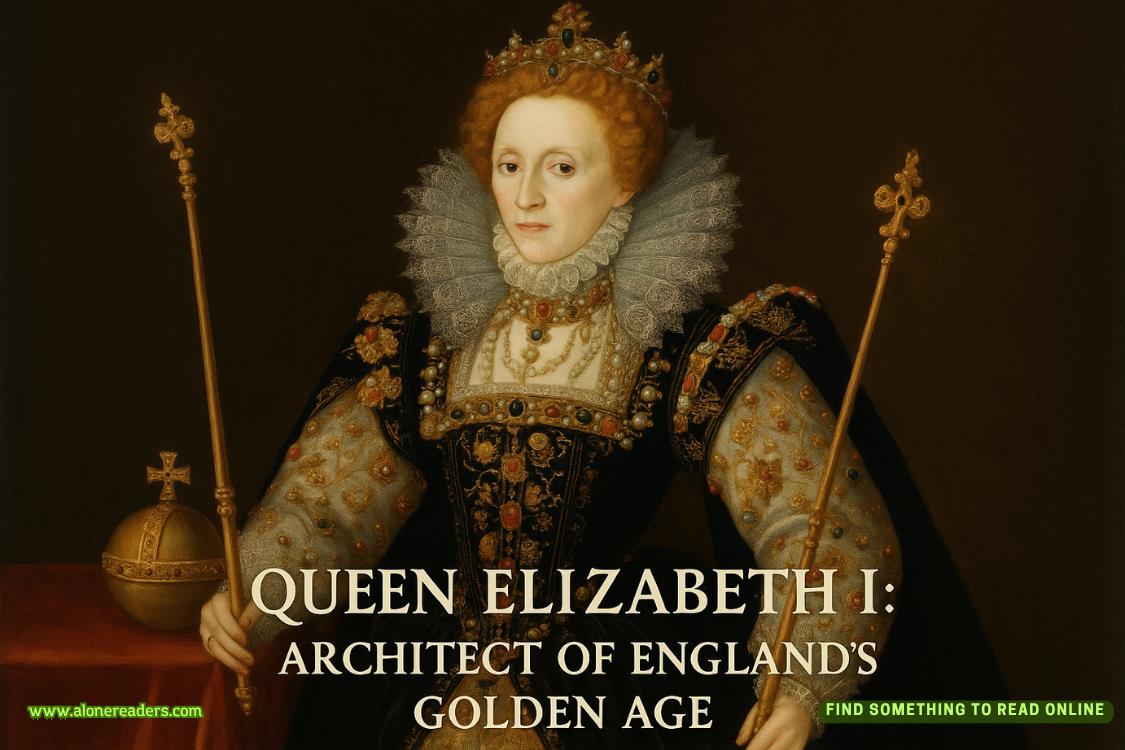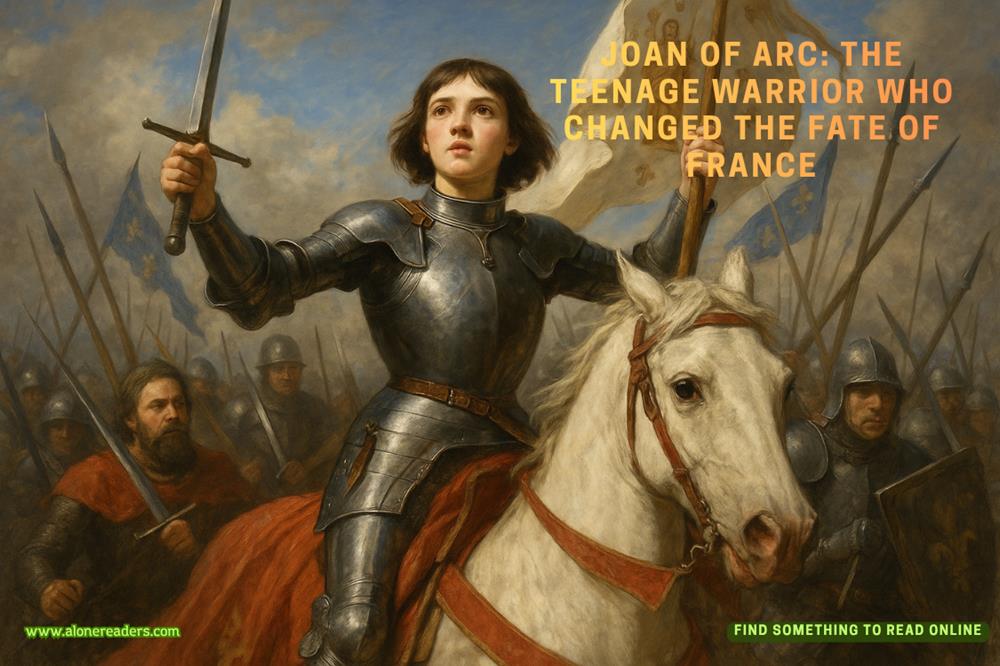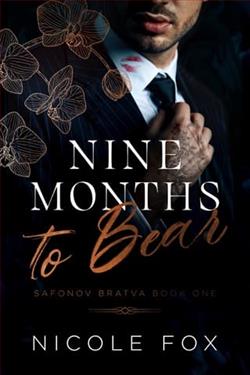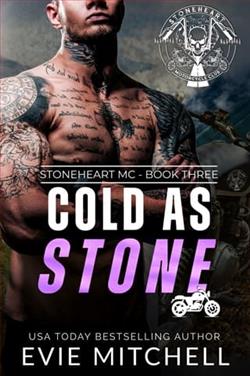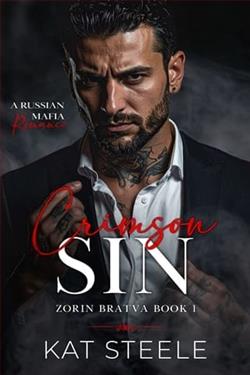Page 32 of Three-Inch Teeth
JEFFREY CITY WAS a post-nuclear-age ghost town that was remarkable for its isolation, even in Wyoming. It was sixty-eight miles from Rawlins, ninety-seven miles from Casper, and fifty-eight miles from Lander. Once a uranium mining town of nearly forty-five hundred residents in the late 1970s, the population had dwindled to fewer than thirty since the mines shut down. No one lived in the vandalized two-story apartment buildings or abandoned trailer homes, and despite the street grids and signs that had been laid out with Germanic precision, the only life on the streets were roaming pronghorn antelope, jackrabbits, and coyotes. Paint had long ago been blasted off the exteriors of the empty single-family homes by grit-filled wind and horizontal snowstorms.
A battered roadside motel claimed on a hand-painted sign that it was open, and beer signs were lit in the windows of a bar with two muddy pickups parked outside.
“There,” Cates said, gesturing toward a metal square attached to the side of a long-closed service station. It read LOR AMUSEMENTS, 0.7 MILE.
Under the sign was a steel arrow pointing south down Rattlesnake Street.
“LOR Amusements,” Cates said. “LOR stands for Lee Ogburn-Russell.”
“What’s amusing about him?” Johnson asked.
“I’ve got to think about how to answer that,” Cates said. “‘Amusing’ probably isn’t the word I’d use. Maybe ‘eccentric’ or ‘on the spectrum,’ but not necessarily amusing. He can fix anything mechanical and he can make anything you ask for, though. I’ve never met anyone like him.”
“And why are we here to find him?” Johnson asked.
“He owes me,” Cates said. “He owes me his life.”
*
WHEN OGBURN-RUSSELL HAD been assigned to Dallas Cates’s cell, he was cowed and recovering from a severe beating at the hands of several La Familia members who’d caught him in the yard. The gang members claimed he’d smirked at them in the lunch line, where he was a server. When he showed up, Ogburn-Russell wore a patch over his right eye and his face was a road map of recently removed stitches. Cates had no regard for the man and told him so.
It wasn’t until three weeks later that Cates discovered his cellmate’s value. That was when he saw his new cellmate kill a mouse with a device he had fashioned from parts pilfered inside the prison. The little zip gun–like weapon, which had been constructed using a length of metal conduit, a spring removed from his mattress, a trigger fashioned from a ballpoint pen, and a handle melted down from a plastic container, had fired a steel pellet seven feet across the cell and nailed the rodent in the head, killing it instantly.
The zip gun was followed by other inventions that Ogburn-Russell shared with Cates: a garrote made of thin wire with handles, ceramic shanks that were so sharp they could shave hair off the back of his hand, an eye-gouger fashioned from a stolen metal cooking spoon, and an ice pick made from hundreds of metal shavings molded together by the heat of a homemade welding torch.
Cates had gotten the names of the three La Familia attackers from Ogburn-Russell and he’d put each of them in the infirmary using the new weapons, one at a time. After that, La Familia put out the word that Ogburn-Russell was under Cates’s—and the WOODS’—protection.
Ogburn-Russell had told Cates that he was in prison for attempted murder and reckless endangerment charges in his hometown of Jeffrey City. He said that after the uranium mines were shut down, unemployed residents became unhinged. A group of them targeted his father because he had worked as a manager in the uranium mine. That was unfair, LOR said, because his dad had been laid off as well.
Several of the criminals vandalized the property where he lived with his dad at the time. Once, his father was forced off the road by drunken ex-miners. Then pieces of his artwork were smashed up and stolen, and his father was pummeled when he caught the criminals in the act.
The local cops did nothing to stop the harassment, Ogburn-Russell said, because several of them were in on it. So he took matters into his own hands.
After weeks of planning and tinkering in his shop, Ogburn-Russell booby-trapped locations where he knew the vandals frequented. Three men were severely injured on the same night. One had his legs blown off when he stepped on a pressure-plate explosive, another was impaled through his clavicle by a steel rod shot out of a length of pipe mounted to his fence, and the third had his hands crushed when he reached into a hinged steel box to retrieve a piece of pie on his front porch.
Ogburn-Russell was quickly caught, arrested, and sentenced in the Fremont County courthouse. The judge said he wouldn’t go easy on him because of the smirk on his face during sentencing.
Offering protection to LOR wasn’t easy for Cates. The man had a way of annoying everyone around him. Ogburn-Russell’s face was set in a kind of permanent superior sneer that made Cates want to slap him.
On the day LOR was released, Cates said he’d find him someday and get payback for keeping the man alive and unharmed.
That day had come.
*
ON THE DRIVE north, Cates had scanned the stations on the AM radio while Johnson drove. He finally found KTWO out of Casper. On the hour, the station had a newsbreak between country songs and local commercials.
Carbon County Sheriff’s Office investigators were on the scene of a fire that had occurred the night before in Hanna. The building that had burned was the historic local museum. It was a total loss. In addition to the fire, county officials were also searching for Marvin Bertignolli, the Hanna marshal, who was suspected to be the charred body found within the museum. The implication of the news report, Cates thought, was that the two items were linked in some way.
“That poor guy,” Cates said. “I forgot what he said his name was.”
“What poor guy?” Johnson asked.
“Never mind.”
*
LOR AMUSEMENTS WOULD have stood out anyplace, and it certainly did in the empty exoskeleton of a town that was Jeffrey City. Located on one square city block with no other structures of any kind surrounding it, LOR bristled with eccentric metal sculptures, figures, wrecks, and ruins surrounded by a six-foot-high chain-link fence. A small faded-white home stuck out in the middle of the scrap-metal garden. Next to the home was an attached shop with corrugated metal siding.

